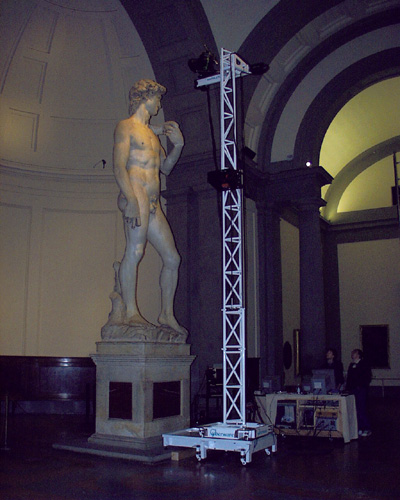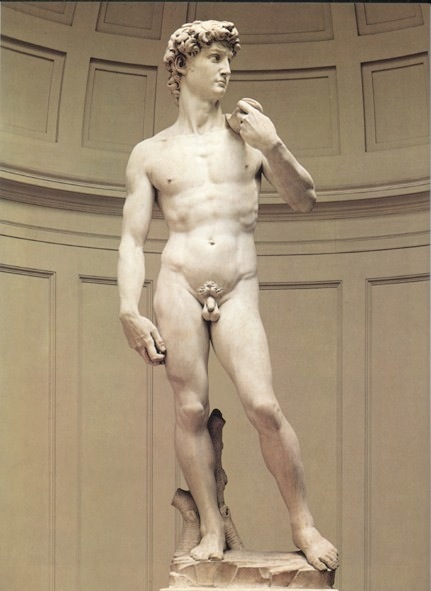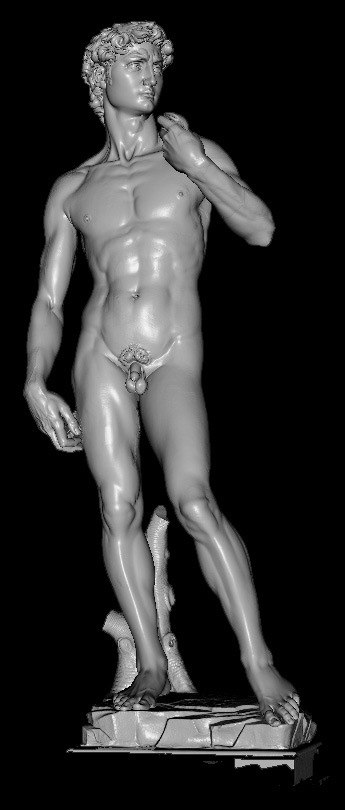Geometry Processing
Introduction & Course Logistics
Prof. Edward Chien
Staff Introduction
- Professor: Edward Chien
- TF: Rahul Mitra, 2nd-year PhD student
- Grader: Daniel Scrivener, 1st-year PhD student
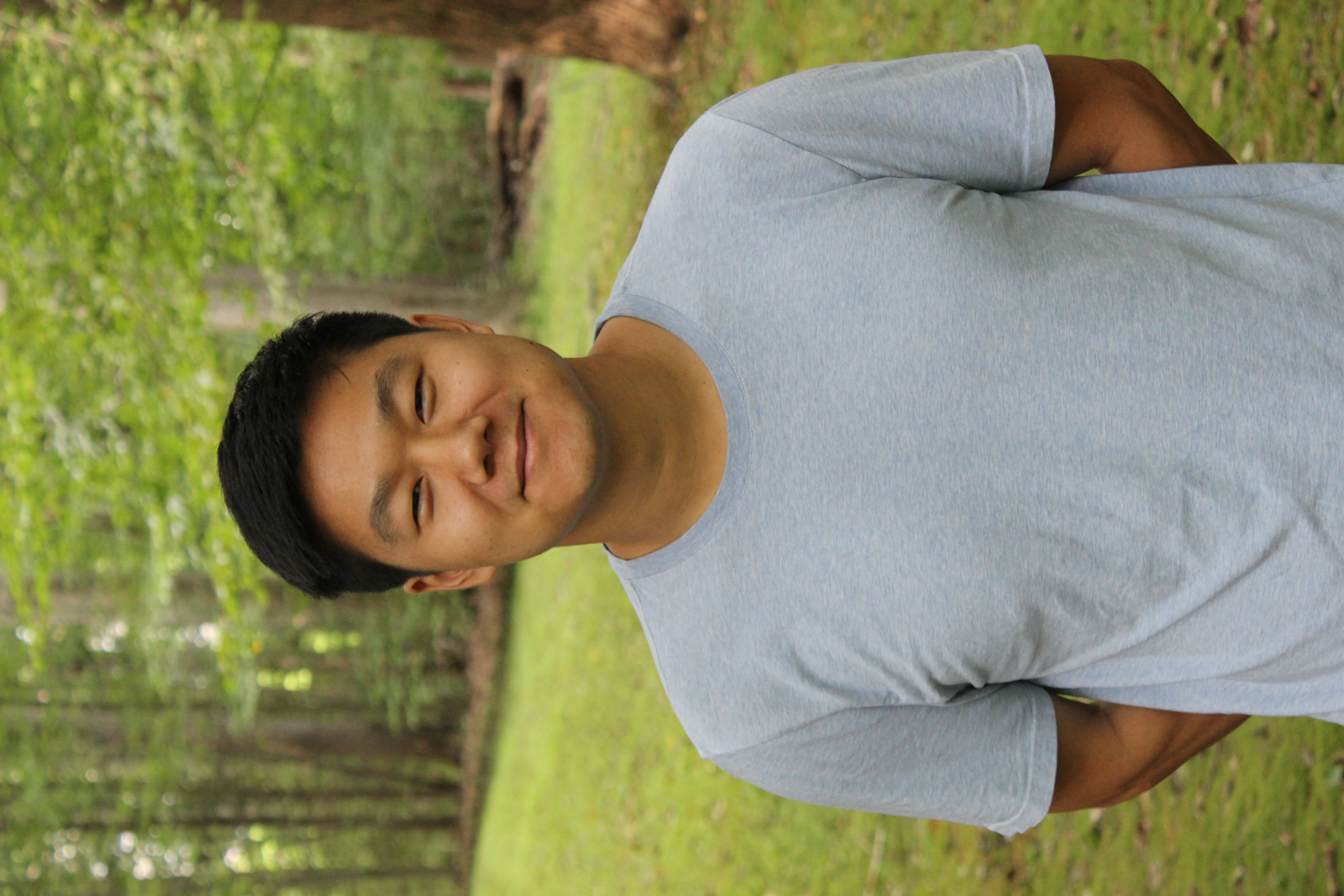 Edward Chien
Edward Chien 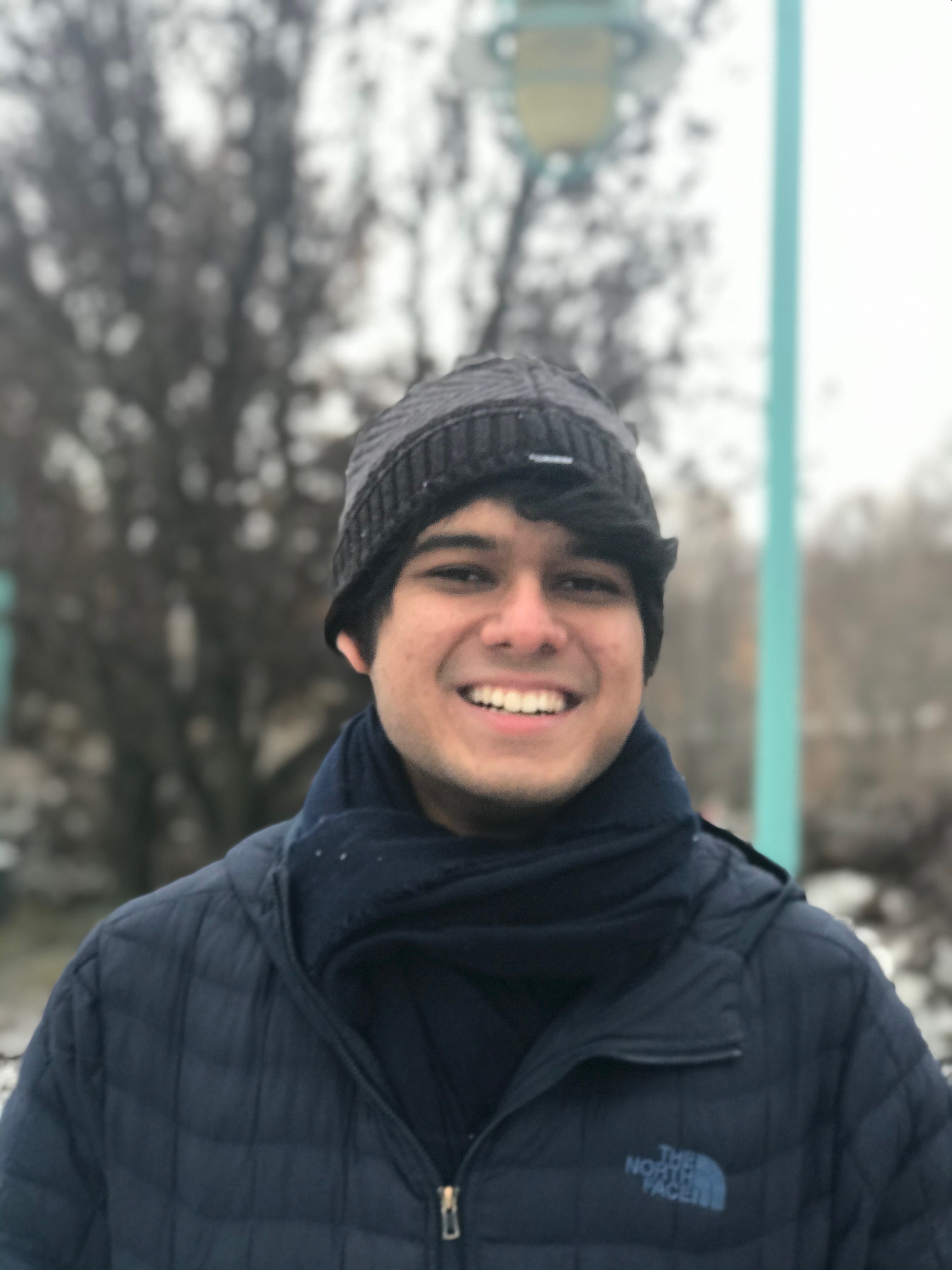 Rahul Mitra
Rahul Mitra 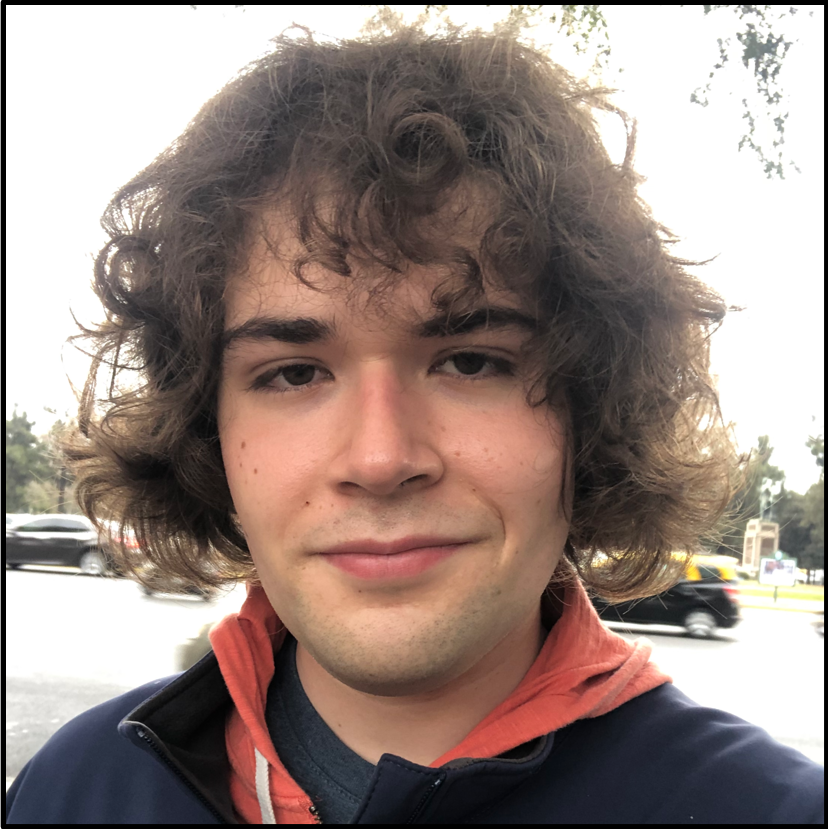 Daniel Scrivener
Daniel Scrivener
(Apologies)
Just an FYI: Our lab has a major deadline on the 24th, so we will be running on autopilot for the first week and a half. Thanks!
Personal Academic History
- Academic Travels
- 2005-2009, AB Mathematics & Physics, Dartmouth College
- 2009-2015, PhD Mathematics, Rutgers University
- 2015-2017, Postdoc Graphics, Bar-Ilan University
- 2017-2020, Postdoc Geometric Data Processing, MIT
- 2020-present, Faculty CS, Boston University
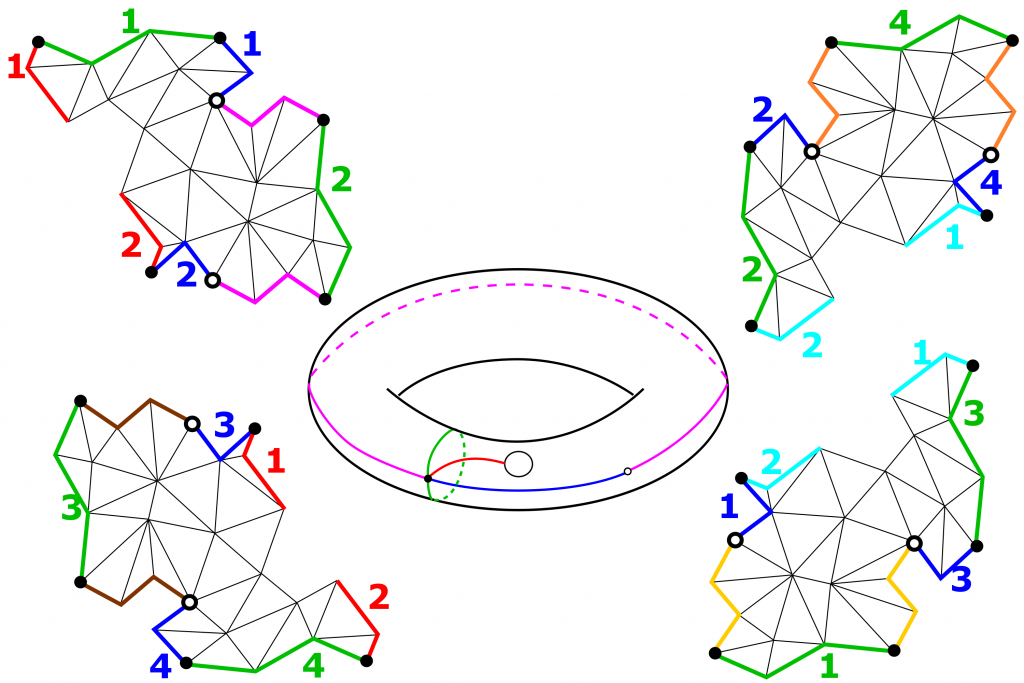 Harmonic parametrization
Harmonic parametrization 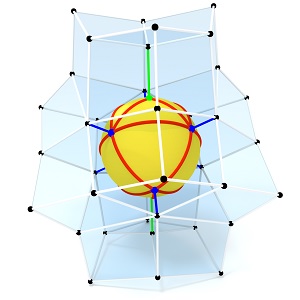 Hex meshing
Hex meshing  Optimal transport
Optimal transport
Three Major Course Components
- Assignments & lectures on foundational material
- Slides posted online
- Lectures recorded and linked on Piazza
- May work in pairs on assignments, if desired
- Research paper presentations by students followed by discussion (exact form subject to change)
- Non-presenters required to submit a brief (2-3 sentence) summary, and participate in discussion on Piazza
- Presenters will lead in-class discussion
- Group Project
- No more than 10 projects in total (so teams of \(\leq 3\))
- Papers can provide inspiration; project could be an implementation or extension of one of these, or application of existing implementations to a new domain
- Complexity of project may be adjusted to student level
- Show examples
Geometry - γεωμετρία
geo = earth
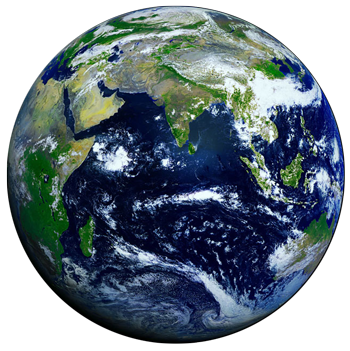
Geometry - γεωμετρία
geo = earth
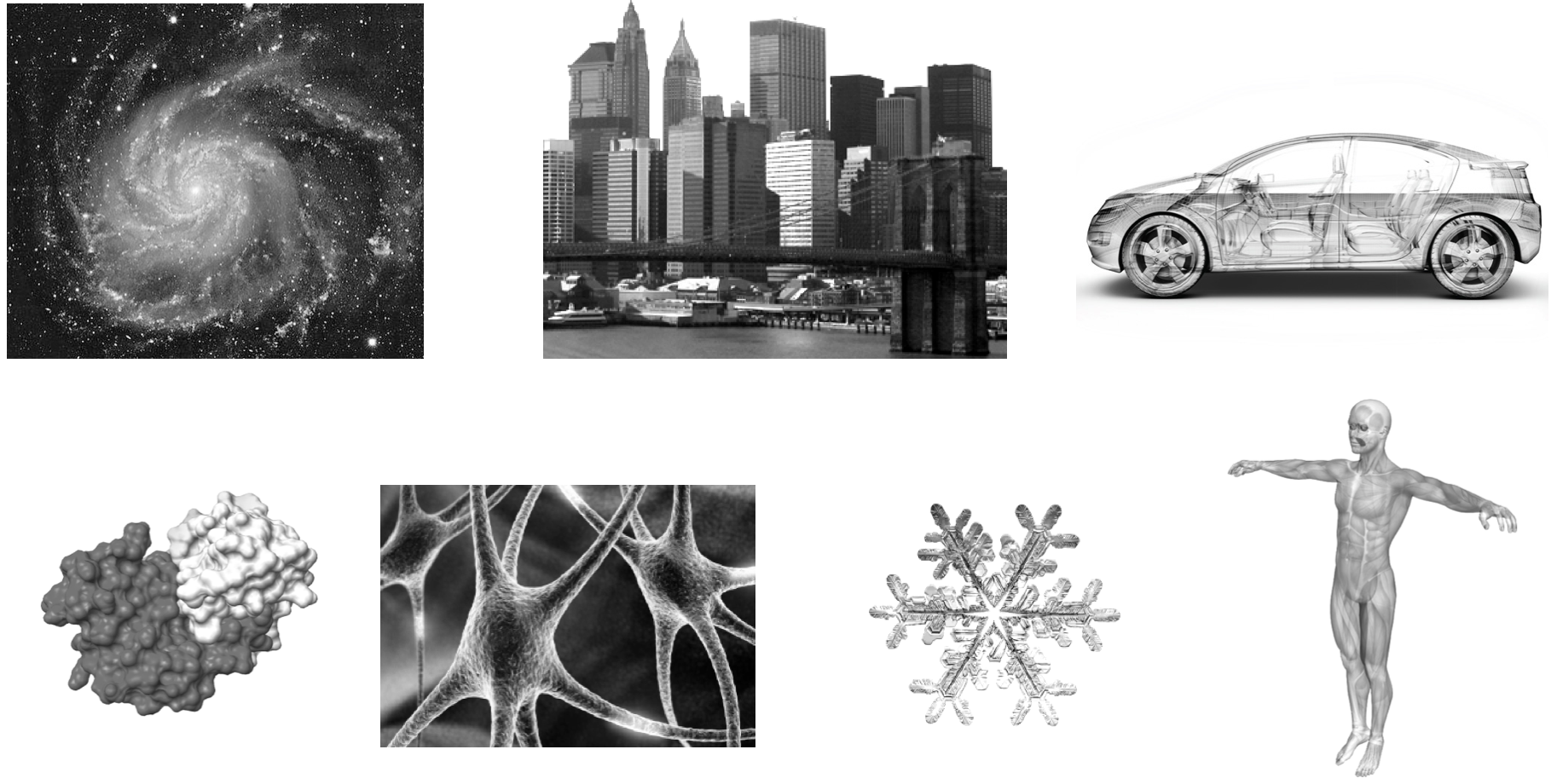
Geometry - γεωμετρία
metria = measure
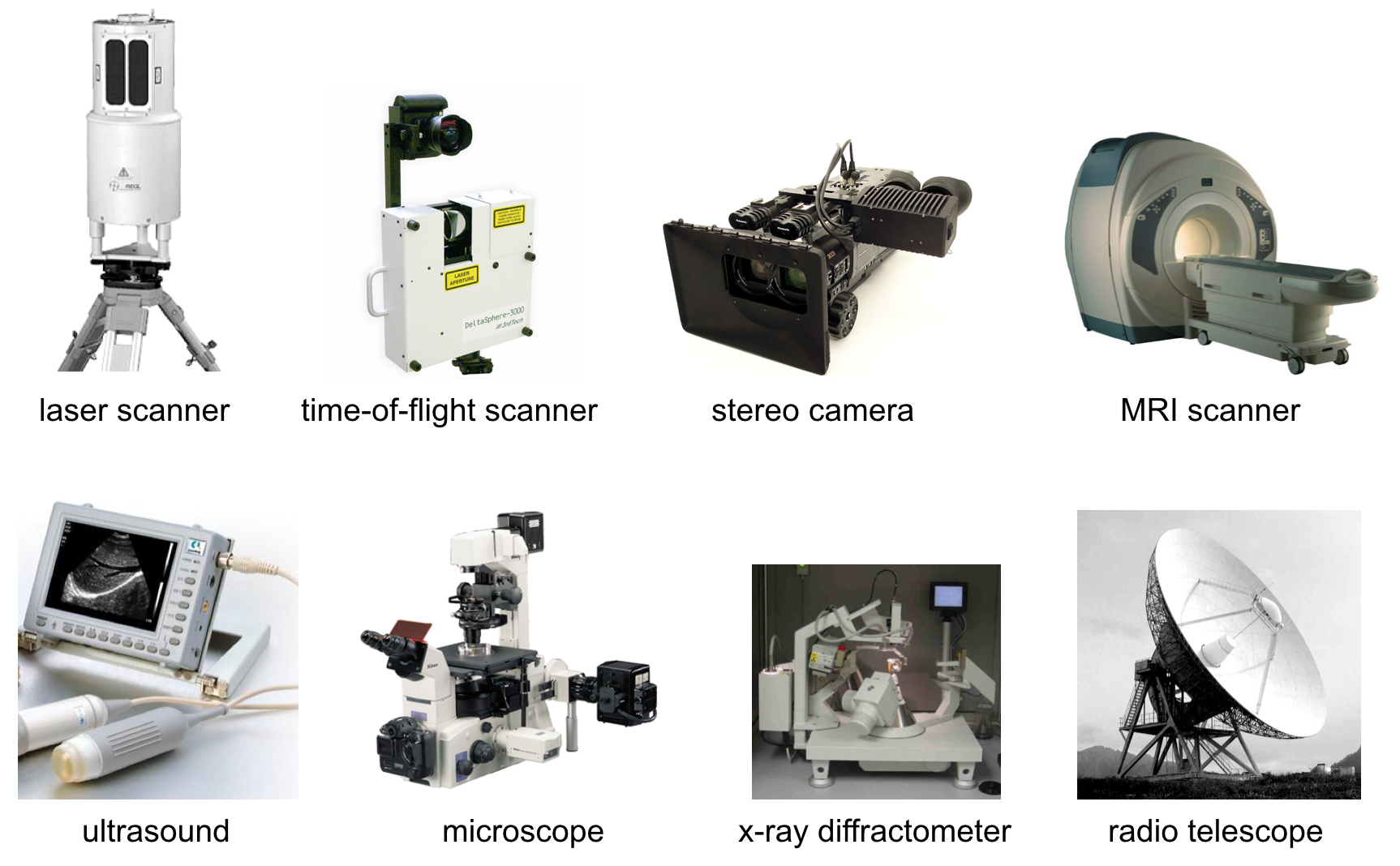
A little bit of History
- One of two fields of pre-modern mathematics
- along with arithmetic
- Earliest recorded beginnings of geometry:
- 3000 B.C. by Indus Valley and Babylonian civilizations
- Practical motivation
- surveying
- construction
- astronomy
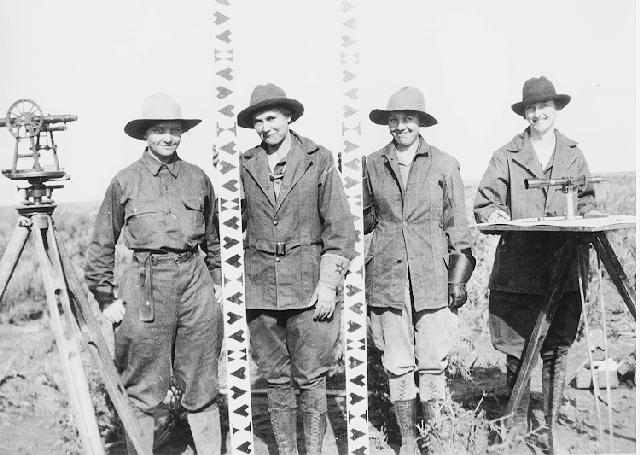 a surveying team
a surveying team
A little bit of History
Classic Geometry was based on compass-and-straightedge construction
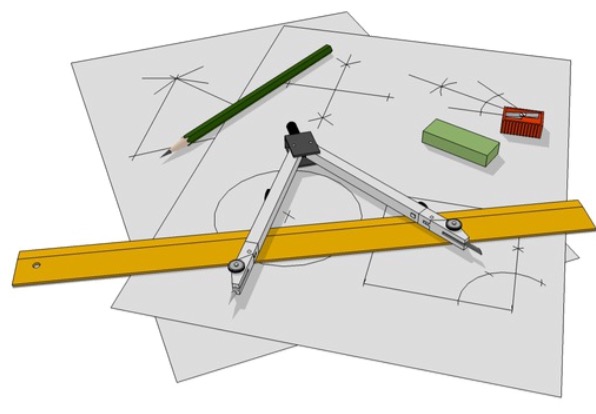
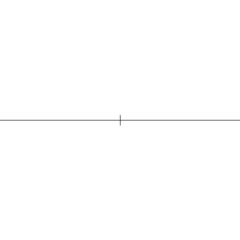
A little bit of History
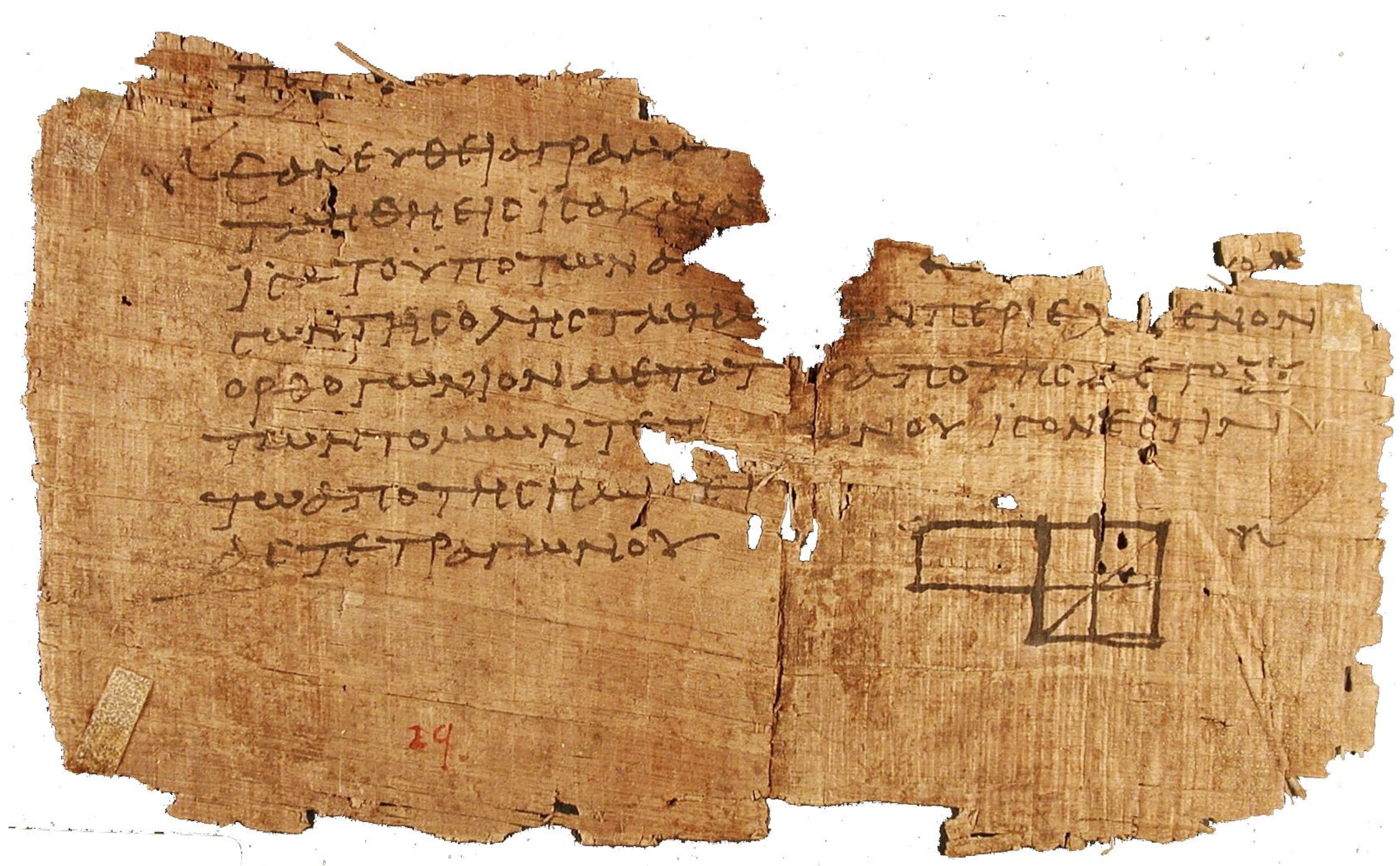 Fragment of Euclid’s Elements (300 B.C.)
Fragment of Euclid’s Elements (300 B.C.)
“widely considered the most influential textbook of all times”
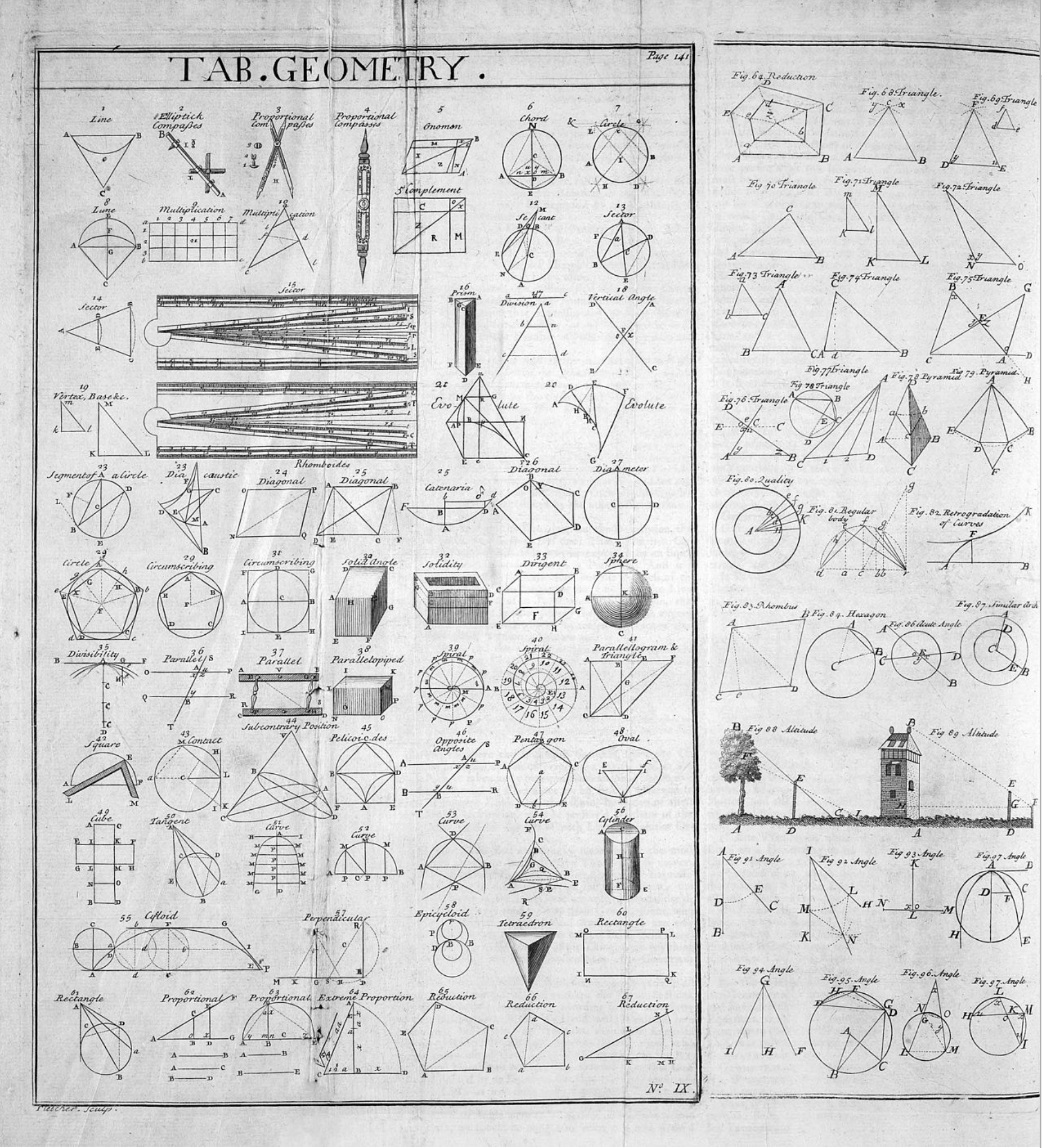
A little bit of History
- Modern Geometry joins classic geometry and algebra/calculus
- Analytic Geometry = Geometry with coordinates and equations
- Add in ability to compute, and Geometry Processing results
- “science of shape”:
- length
- area
- volume
- angle
- curvature
- deformation
- …
A little bit of History
Our goal is complex geometry for simulation and animation
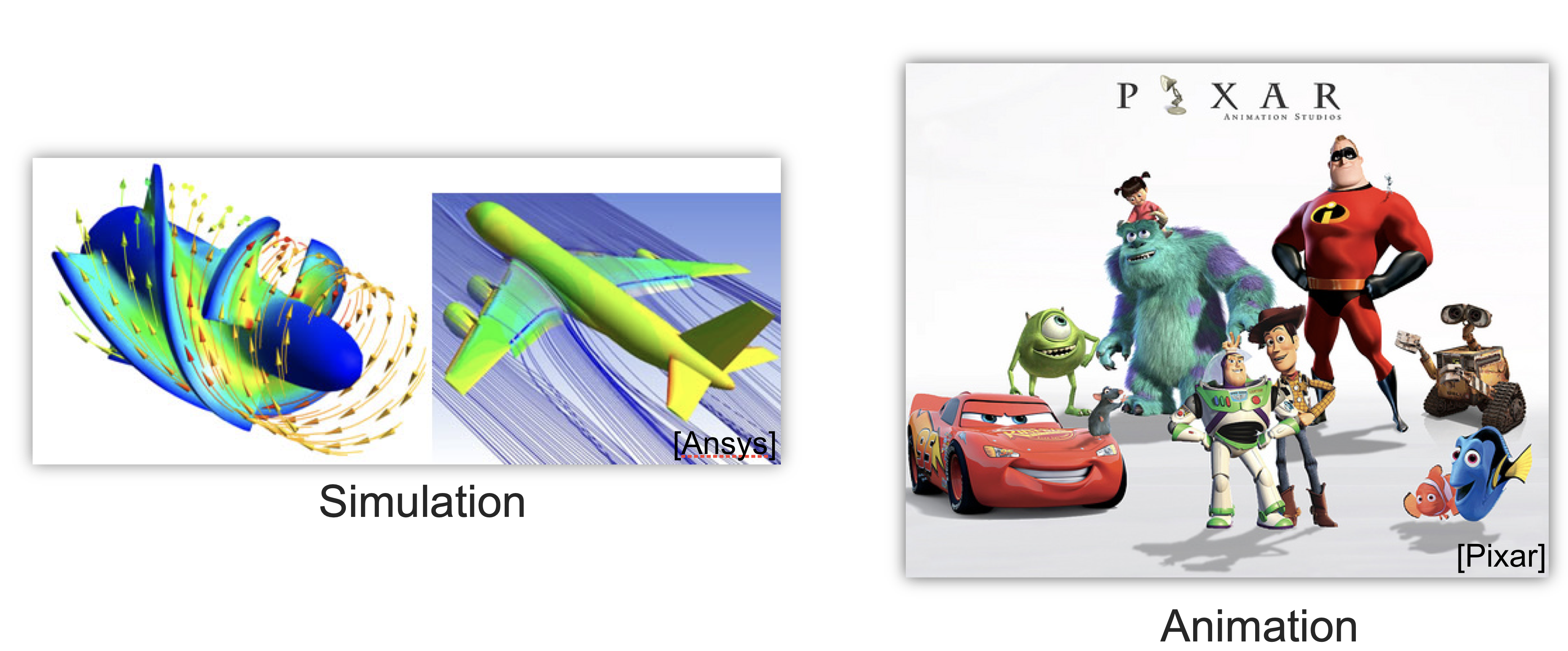
3D Scanning
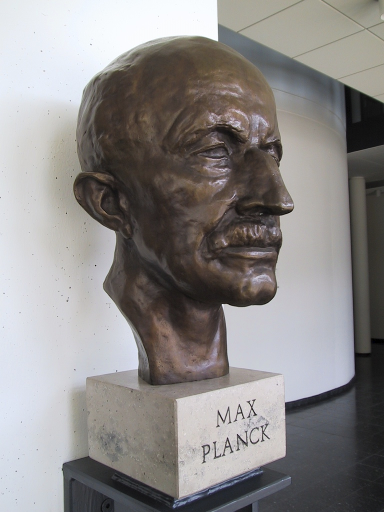 Get real model…
Get real model… 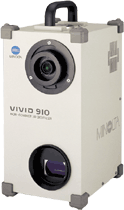 …buy a laser scanner
…buy a laser scanner
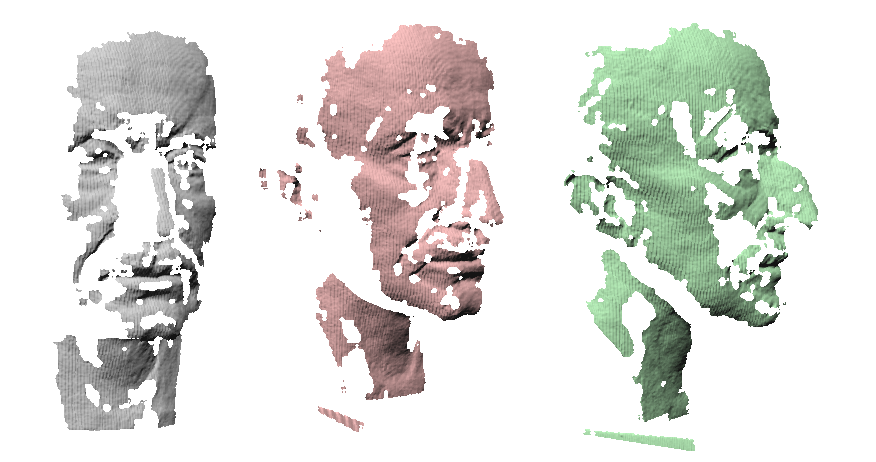 …perform several range scans
…perform several range scans 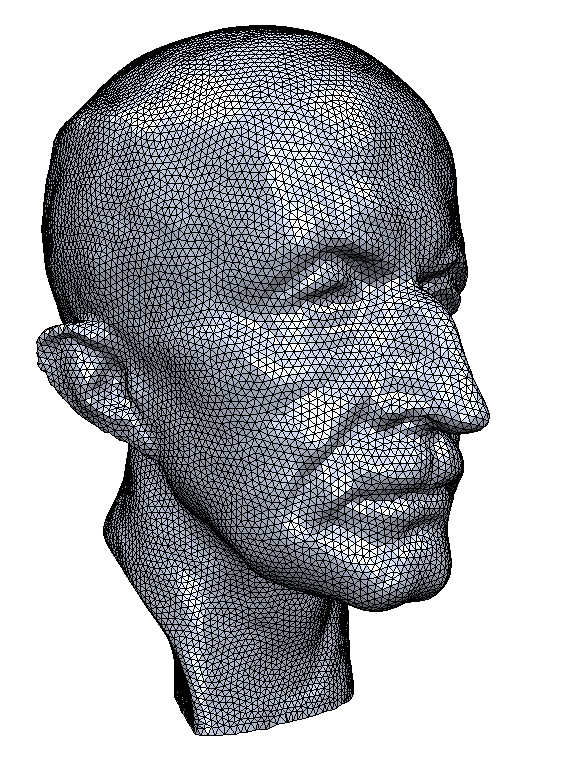 …and reconstruct a virtual model!
…and reconstruct a virtual model!
Cultural Heritage
Urban Modeling
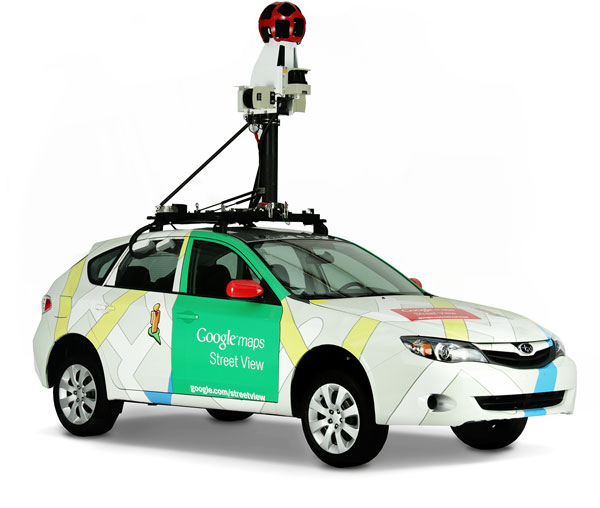 Google street view scanner
Google street view scanner 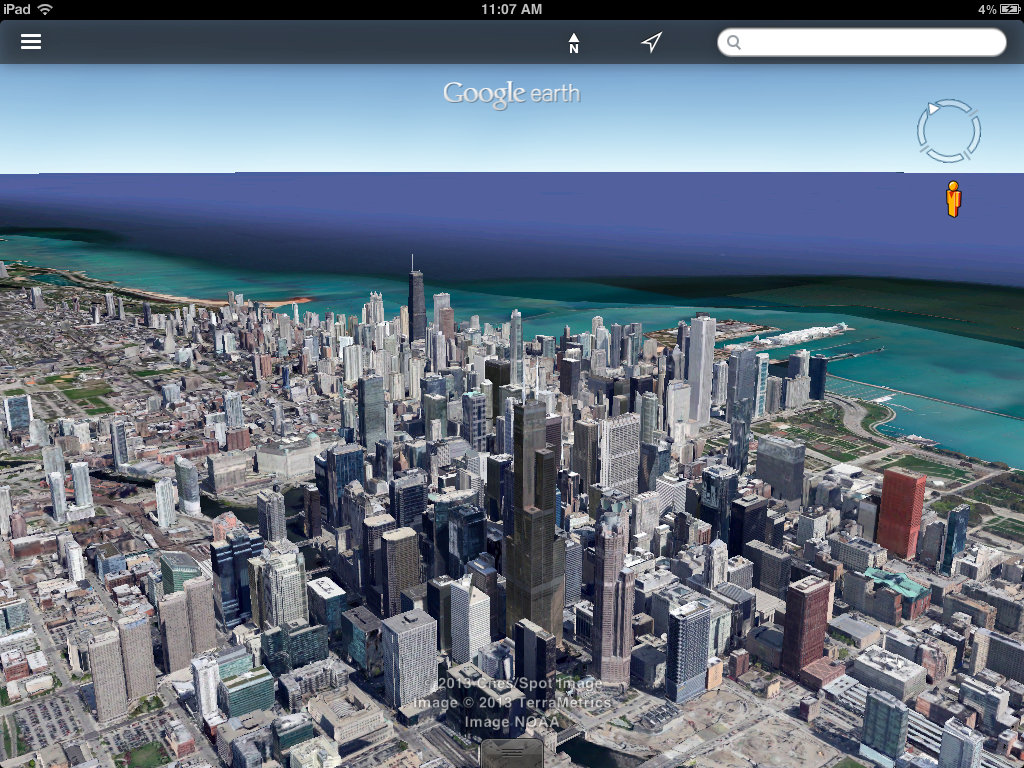 Google Earth
Google Earth
Automotive Industry
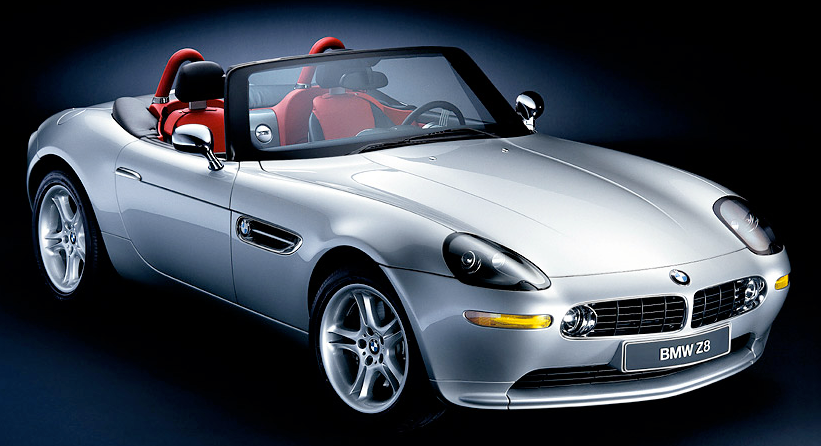 Real model
Real model 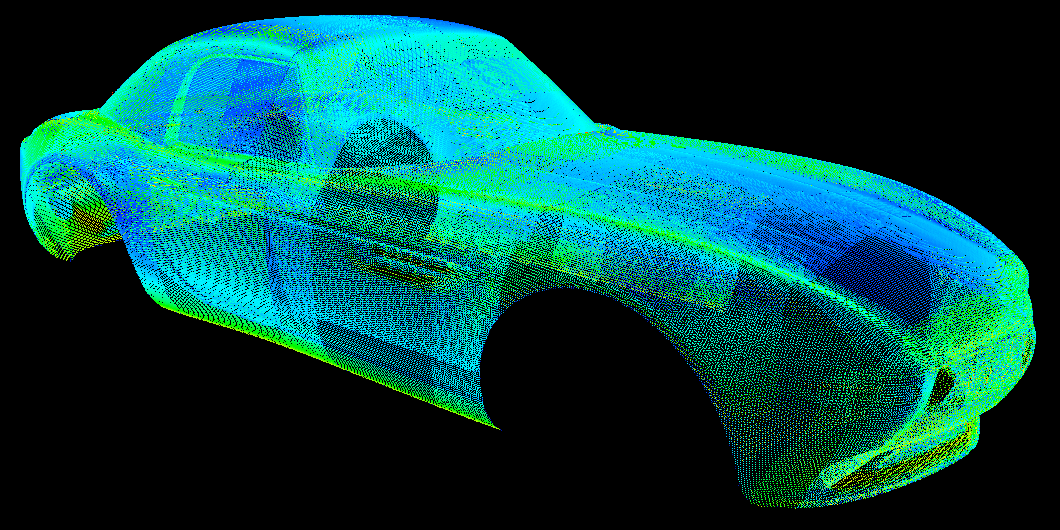 Scanner point cloud
Scanner point cloud 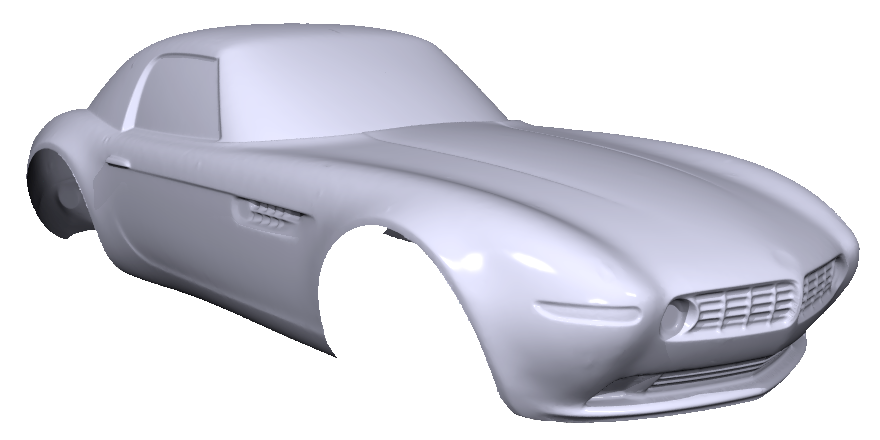 Reconstructed surface
Reconstructed surface
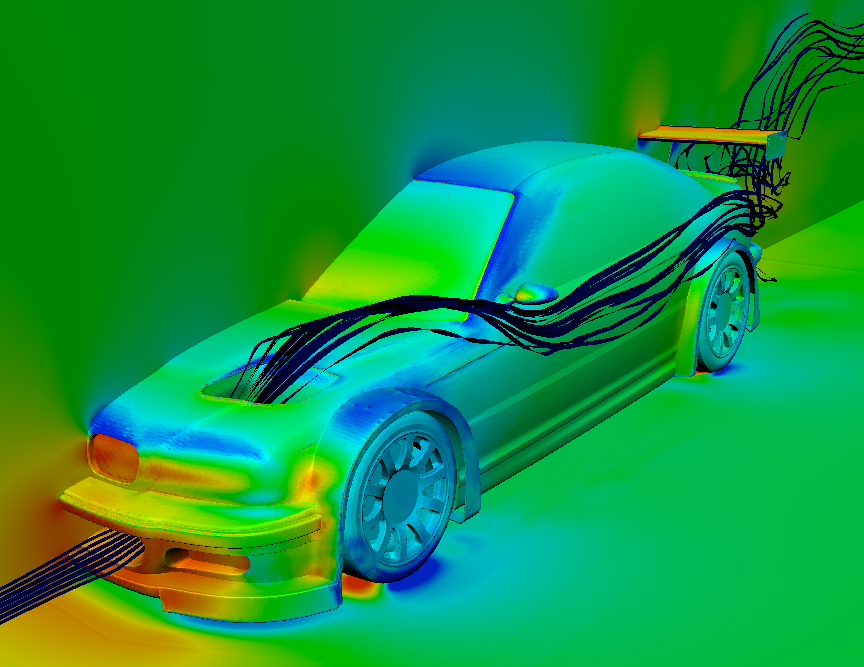 Flow simulation
Flow simulation
Digital Avatars
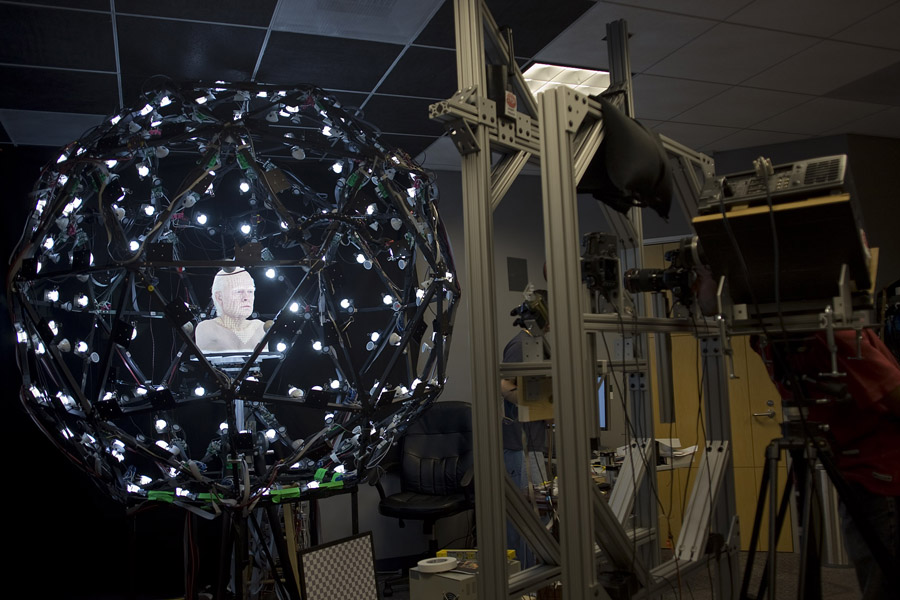 Camera-based scanner
Camera-based scanner 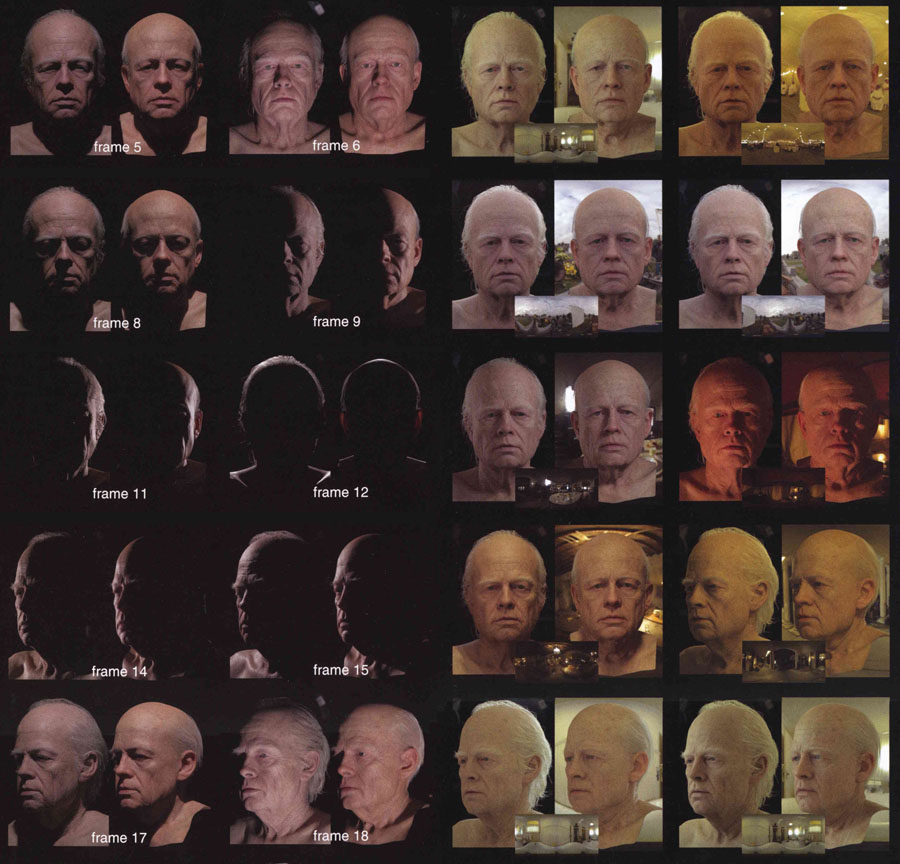 Acquired data
Acquired data
© ICT
Computational Fabrication
- Many technologies
- 3D printing
- CNC machining
- Laser cutting
- Robotic fabrication
- Computational knitting
- etc.
- All require processing of 3d models for input and design
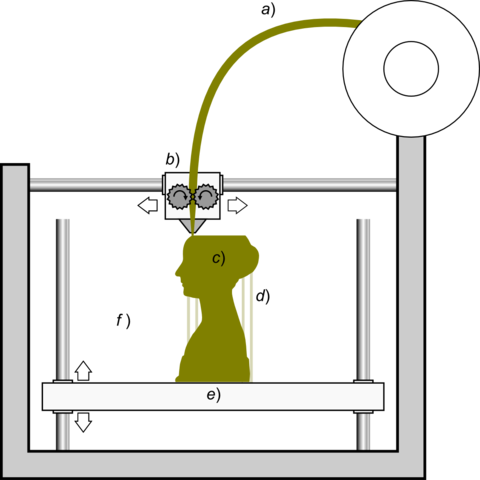 3D printing schematic
3D printing schematic 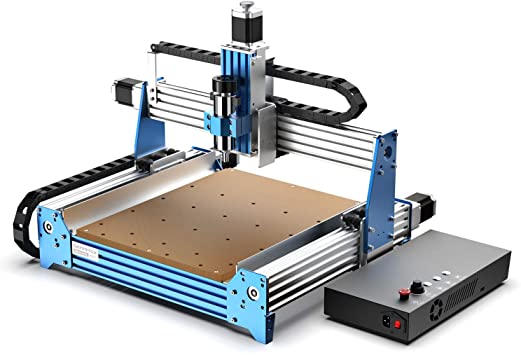 CNC machine
CNC machine
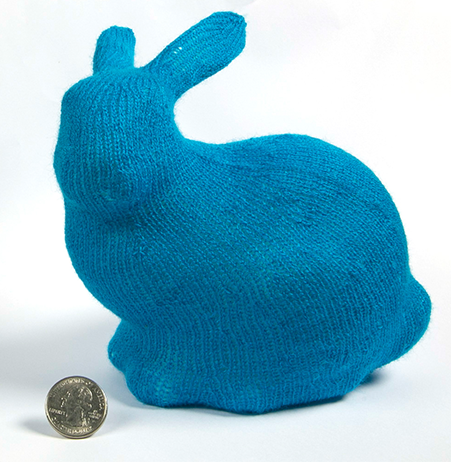 a computational knit
a computational knit
Course Content
- Geometry Representations via Scanning
- Differential Geometry
- Discrete Differential Operators
- Optimization for GP
- Spectral Methods for GP
- Surface Reconstruction
- Smoothing
- Parameterization
- Deformation & Distortion
- Discrete Exterior Calculus
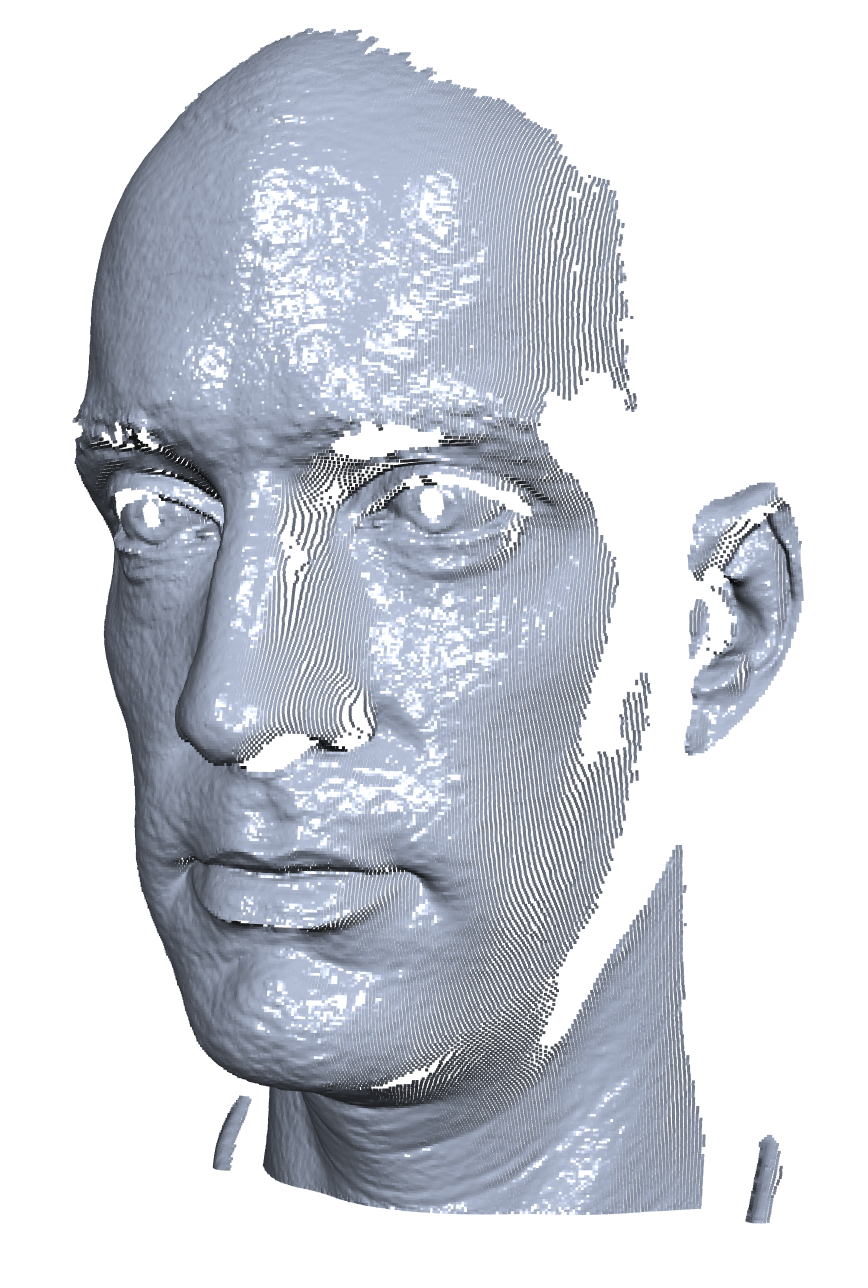

Course Content
- Geometry Representations via Scanning
- Differential Geometry
- Discrete Differential Operators
- Optimization for GP
- Spectral Methods for GP
- Surface Reconstruction
- Smoothing
- Parameterization
- Deformation & Distortion
- Discrete Exterior Calculus

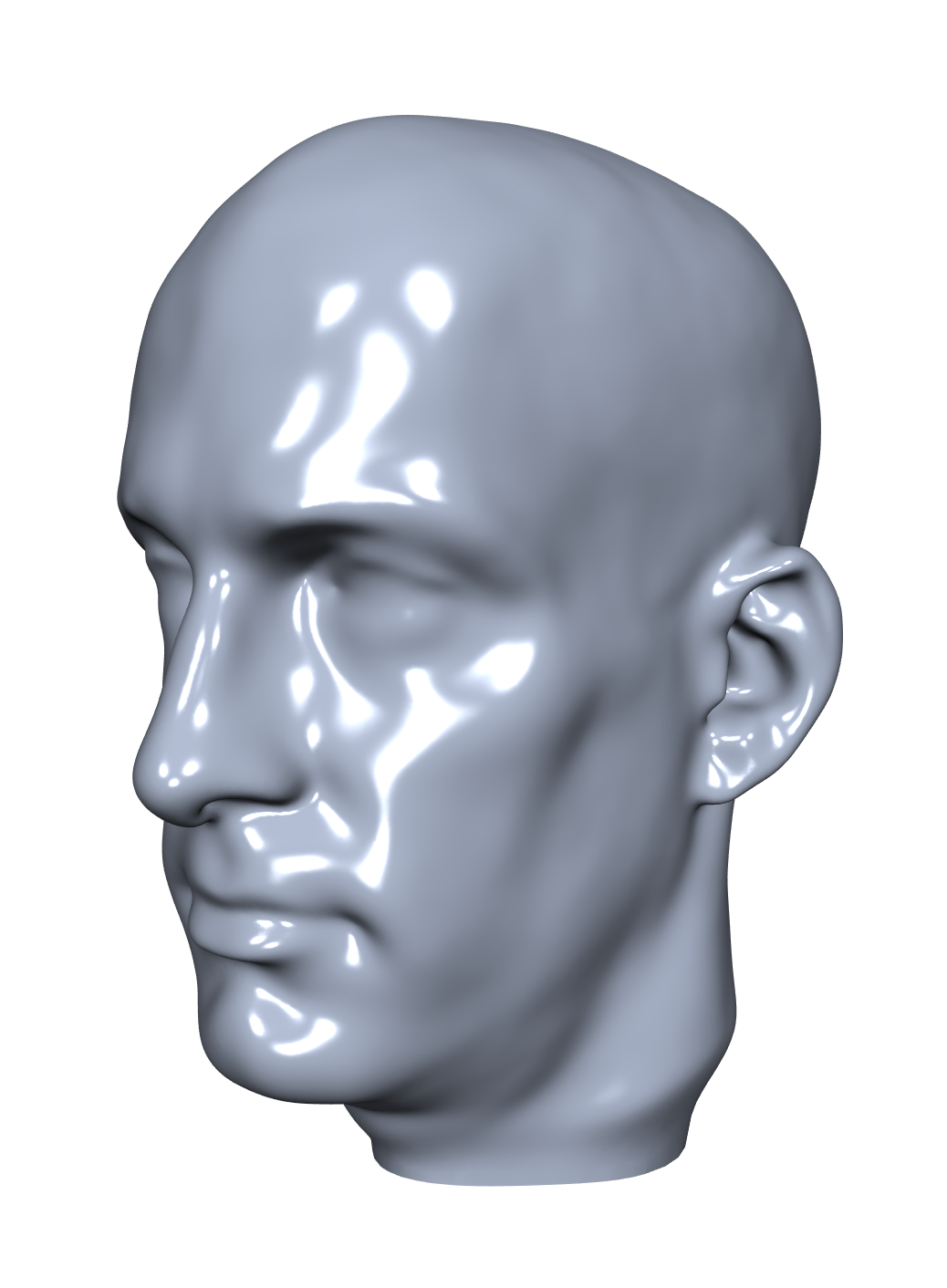
Course Content
- Geometry Representations via Scanning
- Differential Geometry
- Discrete Differential Operators
- Optimization for GP
- Spectral Methods for GP
- Surface Reconstruction
- Smoothing
- Parameterization
- Deformation & Distortion
- Discrete Exterior Calculus
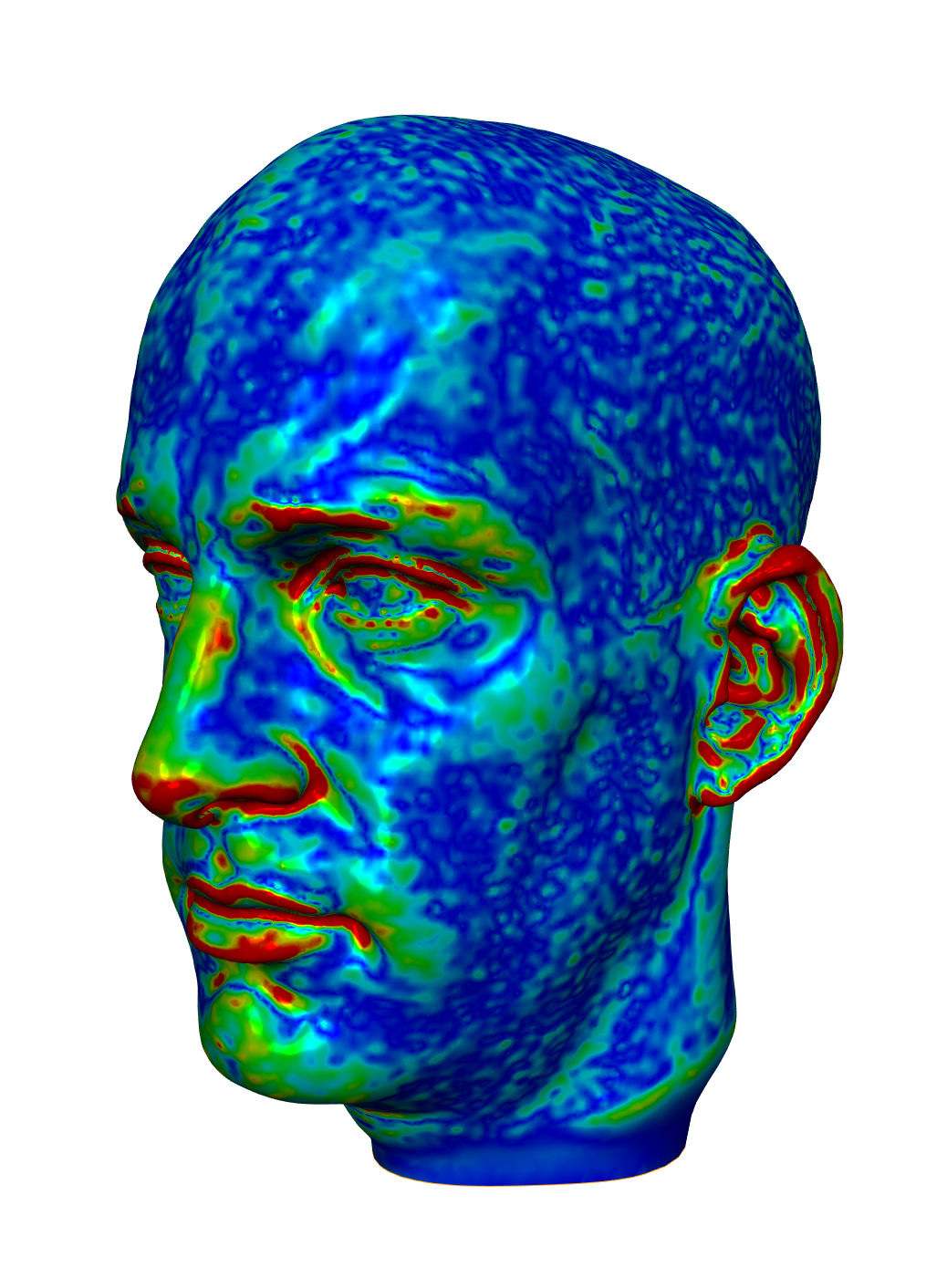
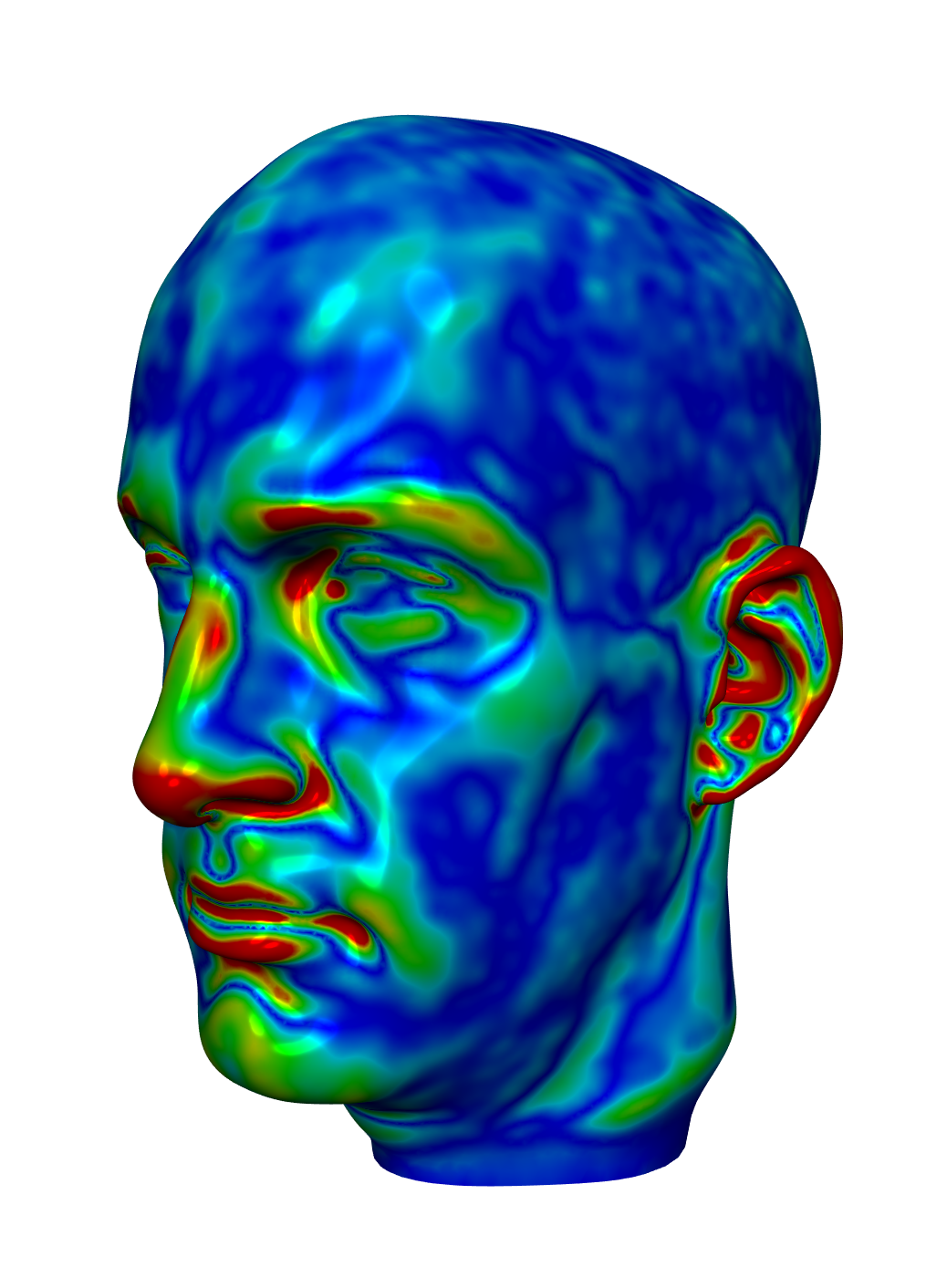
Course Content
- Geometry Representations via Scanning
- Differential Geometry
- Discrete Differential Operators
- Optimization for GP
- Spectral Methods for GP
- Surface Reconstruction
- Smoothing
- Parameterization
- Deformation & Distortion
- Discrete Exterior Calculus
Course Content
- Geometry Representations via Scanning
- Differential Geometry
- Discrete Differential Operators
- Optimization for GP
- Spectral Methods for GP
- Surface Reconstruction
- Smoothing
- Parameterization
- Deformation & Distortion
- Discrete Exterior Calculus

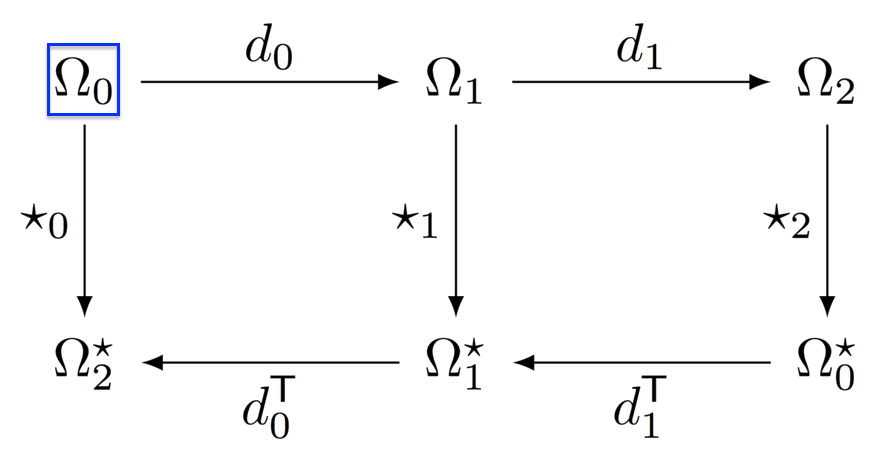
Detailed Course Information
- Attending class
- Lecture: 9:30 AM - 10:45 AM, TuThu, CGS 121
- Labs: 2:30 - 3:20 PM, Wed, CGS 421
- Grading sessions: 11 AM - 12:45 PM, Fri, CDS 836 (can schedule separately, if conflicted)
- In-person attendance is encouraged, if you are healthy
- Lectures and labs will be recorded
- Office hours
- 10:30-11:30 AM, Mon, CDS 836
- 2:30-3:30 PM, Tues, CDS 836
- Can schedule separate meetings if there are conflicts
Detailed Course Information
- Piazza will serve as the main resource center for the course
- Main hub for discussion
- Course syllabus, tentative schedule, growing paper list (old) already up
- Links to recordings & slides
- Gradescope for turning in assignments
- Weekly assignments
- Paper summaries
- Project-related hand-ins
Weekly Assignments
- Programming in C++ within the Open Flipper framework
- Skeleton code will be provided, so some experience with C++ is helpful, but you do not need to be an expert
- Some have theory components
- Assigned on Thursdays, relevant lab on Wednesday of following week, due on Friday
- Handed in on Gradescope and graded during a demo session on Friday
Paper Readings & Discussion (may change)
- 30 minutes for student presentation of the paper in question
- May use publicly available slides/media (with proper attribution)
- 30 minutes for discussion in breakout groups
- Presenter to float around and help guide discussion
- Non-presenters:
- required to submit a brief (2-3 sentence) summary on Gradescope
- post a discussion question on Piazza, and respond substantively to another question
Semester Project
- To be done alone or in teams of up to 3 (10 projects max)
- Papers can provide inspiration; project could be an implementation or extension of one of these, or application of existing implementations to a new domain
- Brief project proposal required
- Final project presentation to be done at the end
- Complexity of project may be adjusted to student level
Tentative Schedule
Recommended Prerequisites
- Working knowledge of programming and data structures (CAS CS 111 and CS 112, or equivalent). The most useful languages/platforms are C++ and Matlab, but you can use any language you like for your final project.
- A strong foundation in linear algebra (CAS CS 132 or MA 242 or equivalent).
- A strong foundation in multivariable calculus (MA 225 or equivalent)
- Additional background in differential geometry or topology could be quite helpful, but is not necessary, as projects may be tailored towards students’ level of knowledge.
- Project may be tailored to you’re level of preparation. If you’re unsure, feel free to talk to me.
How to use our HTML slides
- Use the keys left/right to navigate through the slides.
- Click page number (bottom right) to open navigation menu.
- Press f/ESC to enter/leave fullscreen mode
- Double-click an item (e.g. an image) to zoom in/out.
- If the whiteboard icon is highlighted red () something was written to the virtual whiteboard. Click the icon to show/hide the whiteboard.
- Use Chrome/Chromium or Firefox 👍. Do not use Safari, it cannot handle WebGL demos 👎.
Slide Acknowledgements
- Initial slides and system by
- Many more people contributed directly or indirectly
- David Bommes, Pierre Alliez, Keenan Crane, Marcel Campen, Bruno Levy, Misha Kazhdan, Leif Kobbelt, Sylvain Lefebvre, Niloy Mitra, Szymon Rusinkiewicz, Justin Solomon, etc.
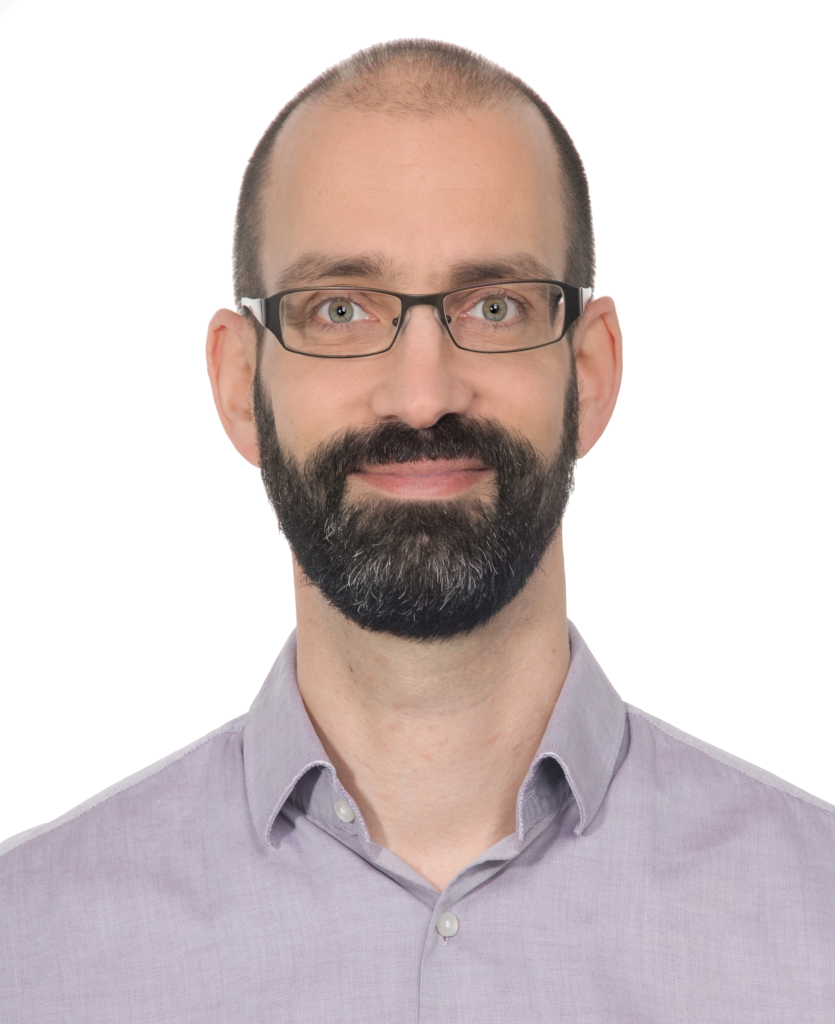 Mario Botsch
Mario Botsch 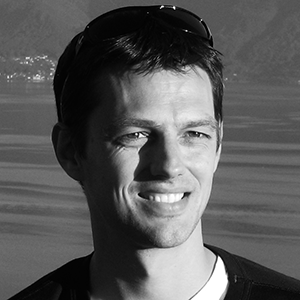 Mark Pauly
Mark Pauly
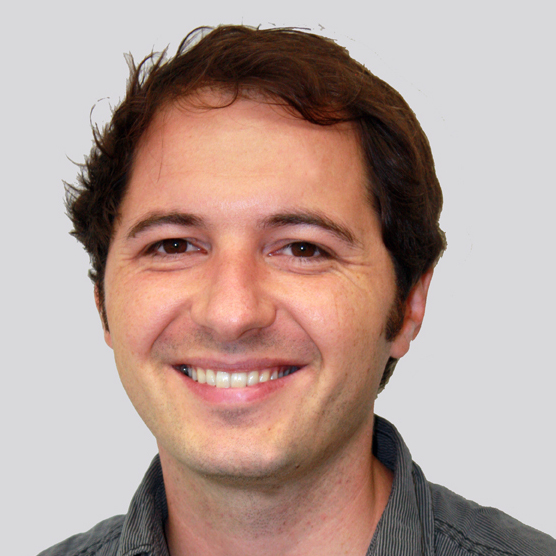 David Bommes
David Bommes
Other resources (even courses!)
- Polygon Mesh Processing by Kobbelt et al.
- Numerical Algorithms: Methods for Computer Vision, Machine Learning and Graphics by Justin Solomon
- Libigl - a header-only C++ geometry processing library
- David Bommes’s course @ Uni Bern
- Justin Solomon’s course @ MIT
- Keenan Crane’s course @ CMU
- Alec Jacobson’s course @ UToronto
